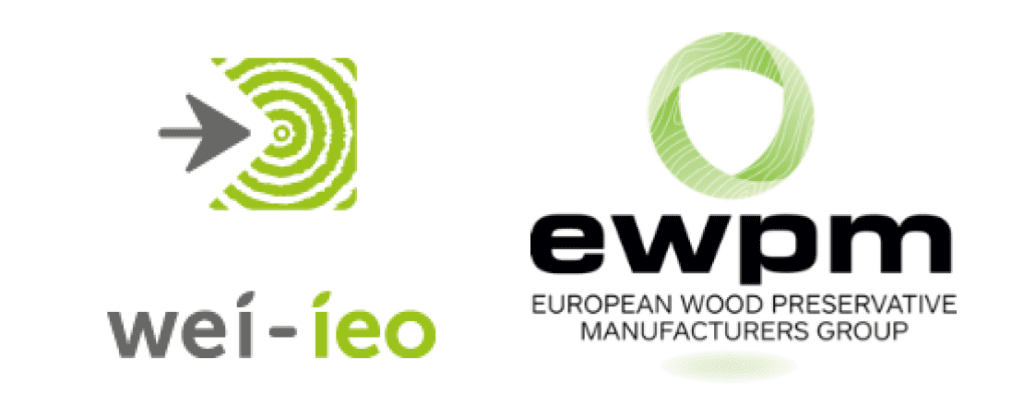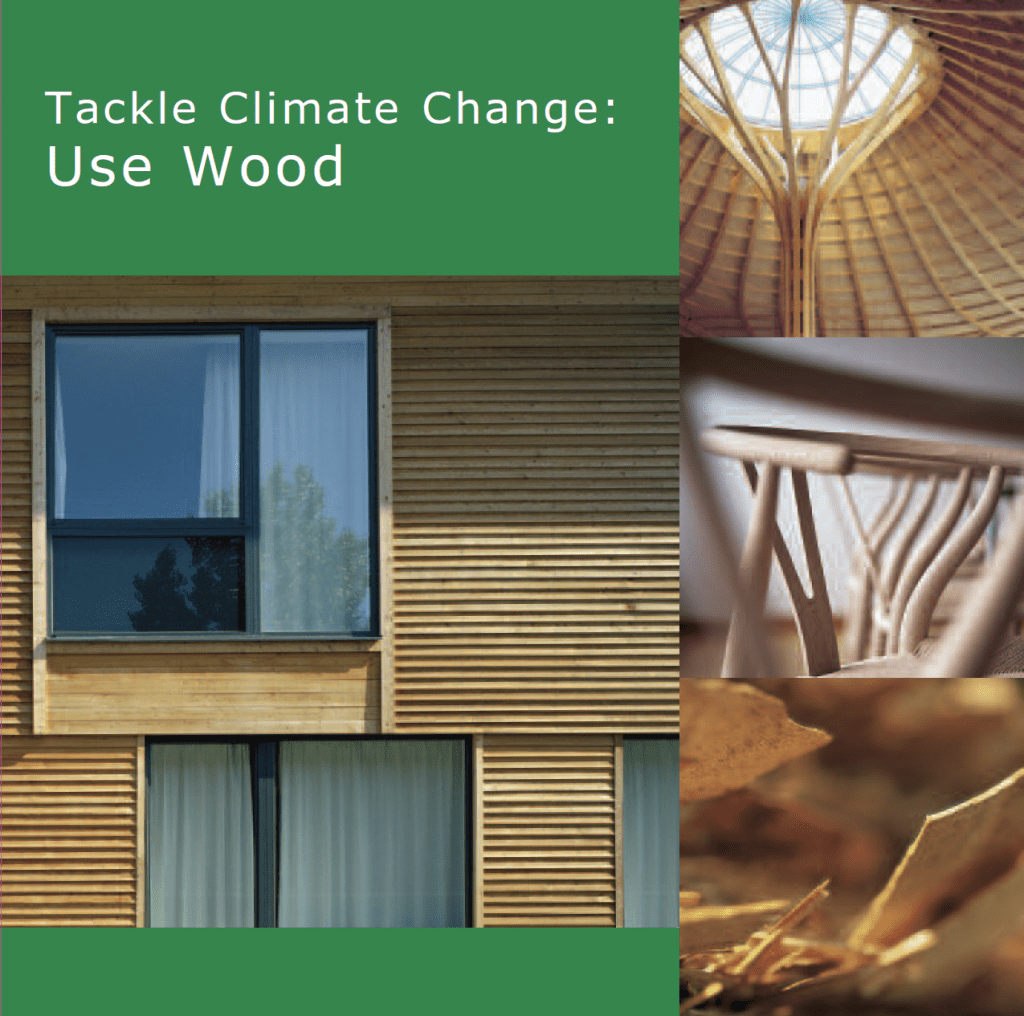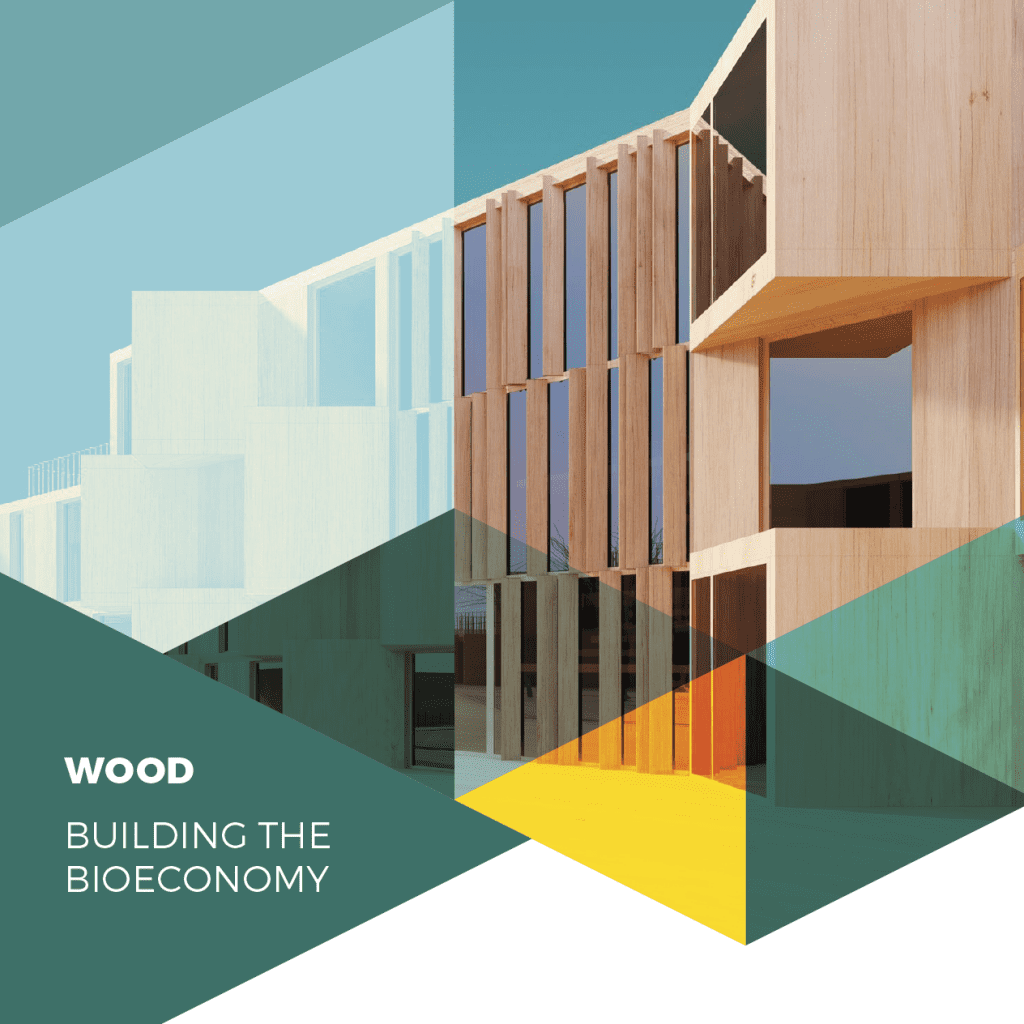In an ambitious move to combat climate change and promote sustainable development, the European Institute for Wood Preservation (WEI) has unveiled a comprehensive proposal, the Wood Optimisation Plan, aimed at redefining the use of wood across the European Union. Recognising the vital role of treated wood in decarbonisation efforts, this plan is poised to transform the wood industry and foster a more sustainable, circular economy.


The proposal outlines six critical policy reforms, offering a robust framework for EU policymakers to enhance the environmental and economic benefits of the wood economy and wood use over the next five years:
- Material sustainability as a product requirement: By prioritising material sustainability, the plan advocates for treated wood as a key to extending the service life of wood products and reducing the demand for more carbon-intensive materials. This measure is expected to accelerate decarbonisation in the construction sector and beyond, fostering a shift towards more sustainable material choices and reduce the pressure on forest raw materials.
- A coordinated EU wood waste approach for more circularity: Addressing the efficient management of wood waste, this policy aims to harmonise waste treatment across member states, enhancing the circularity of wood use and minimising waste and recovery of raw materials and new opportunities for carbon storage.
- Price incentives that reward sustainable materials: Introducing price incentives for the use of sustainable materials will encourage the adoption of treated wood and support transition, further displacing carbon-intensive alternatives in the market and promoting eco-friendly construction practices.
- A chemical regulatory framework that considers climate, health and environmental impacts: This reform proposes adjusting chemical regulations to acknowledge the climate benefits of wood treatments, ensuring that the use of chemicals in wood preservation aligns with environmental and health standards while contributing to the EU’s climate goals.
- R&D and knowledge development for a more efficient wood economy: Investing in research and development will advance the technology and knowledge needed to enhance the sustainability and efficiency of the wood economy, from treatment processes, use of wood products for construction and maintenance to maximising the service life and carbon storage in wood constructions.
- Accelerate industrial transition towards climate neutrality: By supporting industries in their transition to climate neutrality, this policy will foster innovation and investment in green technologies, including those related to the wood sector, driving broader environmental and economic benefits.

The visionary outcomes of implementing these reforms are profound. Over the next five years, the EU can expect significant advancements in sustainable development, waste reduction, and decarbonisation efforts. The Wood Optimisation Plan not only promises environmental benefits, such as enhanced carbon sinks of forest resources and reduced greenhouse gas emissions, but also economic growth through innovation, job creation, and strengthened EU strategic autonomy in material sourcing.
By adopting the Wood Optimisation Plan, EU policymakers have an unprecedented opportunity to position Europe as a global leader in sustainable wood use and circular economy practices, setting a benchmark for environmental stewardship and climate action.


“-The Wood Optimisation Plan for EU is a visionary initiative aimed at enhancing our environment and economy through sustainable wood use. It’s about making wood last longer and work harder for us, replacing materials that harm our planet with wood that’s treated to resist decay. This plan isn’t just about using more wood; it’s about smart use—ensuring every piece serves us longer, reducing waste, and contributing to our climate goals. It’s a call to action for a greener future, leveraging one of nature’s most renewable resources to build a sustainable, carbon-neutral society.“
Policy recommendations for the European Commission,
the European Parliament and the Member State governments
Prepared by the European Institute for Wood Preservation (WEI-IEO)
and the European Wood Preservative Manufacturers Group (EWPM)
Update: February 2024



